14 Dec Increase open rates with preheaders in your emails
Preheader is the text that appears after the subject line, when users view emails from their Inbox. When used effectively, these preheaders acts as a prescreening tool for recipients, and help increase open rates of your campaigns.
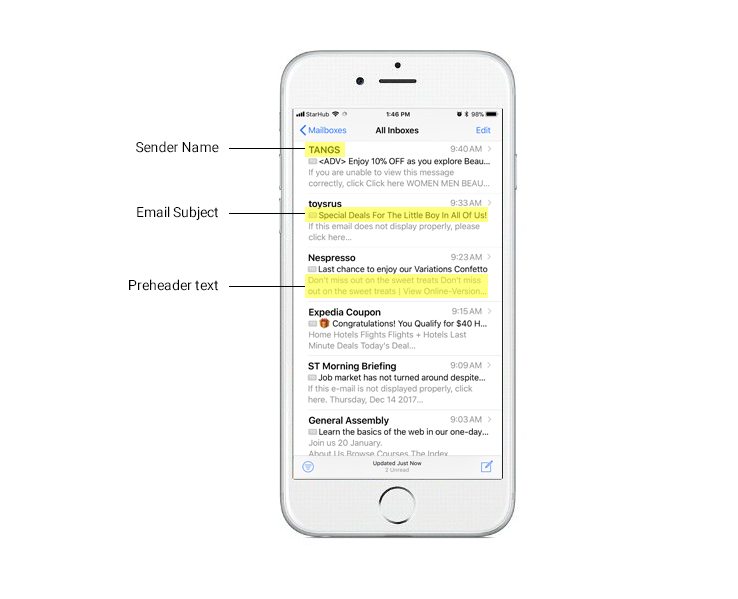
From our previous post, Responsive Email Design, we shared the statistic that more than 51% of emails are now opened on a mobile device. With this growing statistic in mind, it now means that your email will need to quickly capture your customer’s attention or they will simply move on to the next email message.
You can insert clear and succinct preheaders, such as key offers, benefits and message of your email, to boost the Subject line – Compel your audience and invite them to click and open your email. Avoid wasting the space with a “Unable to view images” link.
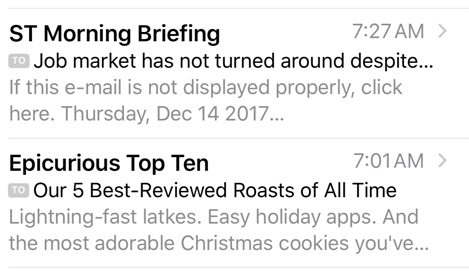
For newsletter emails, it might be more effective to highlight a piece of news, as what BBC does (below).

Length of preheader text
Ensure that you adhere to about 40 characters, which is the maximum length on Android Gmail app users. Alternatively, you can make sure the important information appears in the first 40 characters. Note that if you have a preheader that is too long, it might be hidden on certain email apps (and your message will lose its impact). If possible, you can choose to segment your audience based on the different platforms/email apps that they read their emails on, and send them preheaders with suitable lengths. Of course, there are some email apps such as Outlook.com that will not display preheader text.
You can read more about preheader length and support (which email app) via Litmus.
Preheader text in your actual email
When you use preheader text, you have to be aware that it will also appear at the top of your actual email. You can choose to display the preheader text in your email; or you can also choose to hide the preheader text.
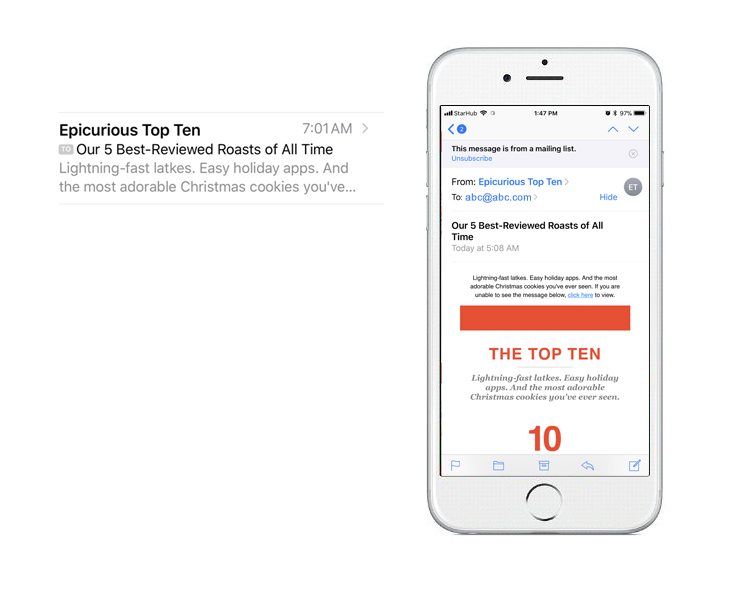
In the Epicurious example above, the preheader text appears in the email itself, and in fact, it is repeated again in the email body. In this case, it might be more useful to rephrase with a different preheader text and/or hide it in the actual email body.
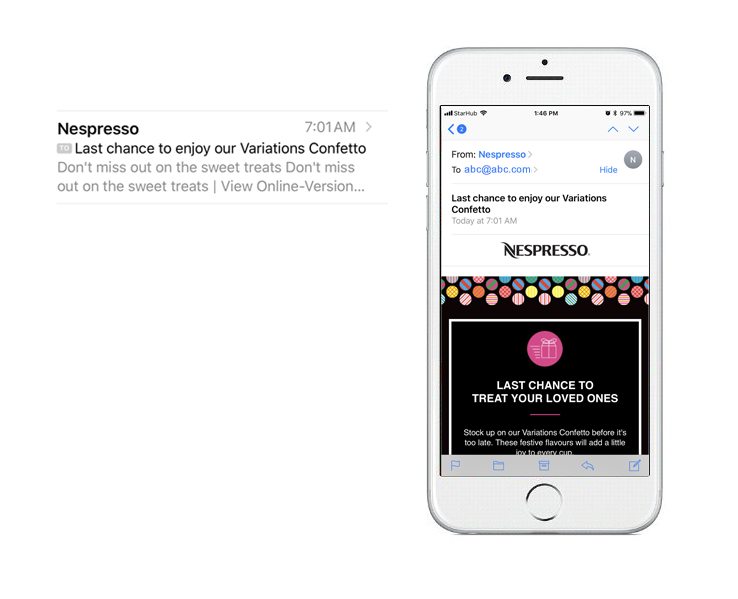
In the above Nespresso example, the preheader text supplements the subject line. However, it is unnecessarily repeated in the preheader.
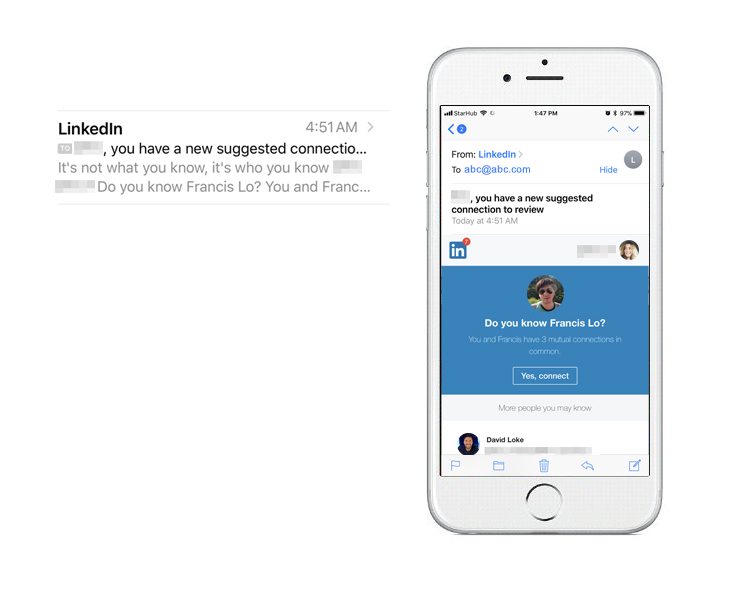
The above example from LinkedIn includes a customised recipient name in the preheader. Although that this method might make the recipient less likely to mark your email as spam, you have to be careful with this implementation (name personalisation) as the length of the name can increase the length of the preheader significantly.
Encourage your audience to open your email. Start using preheader in your next email campaign.

